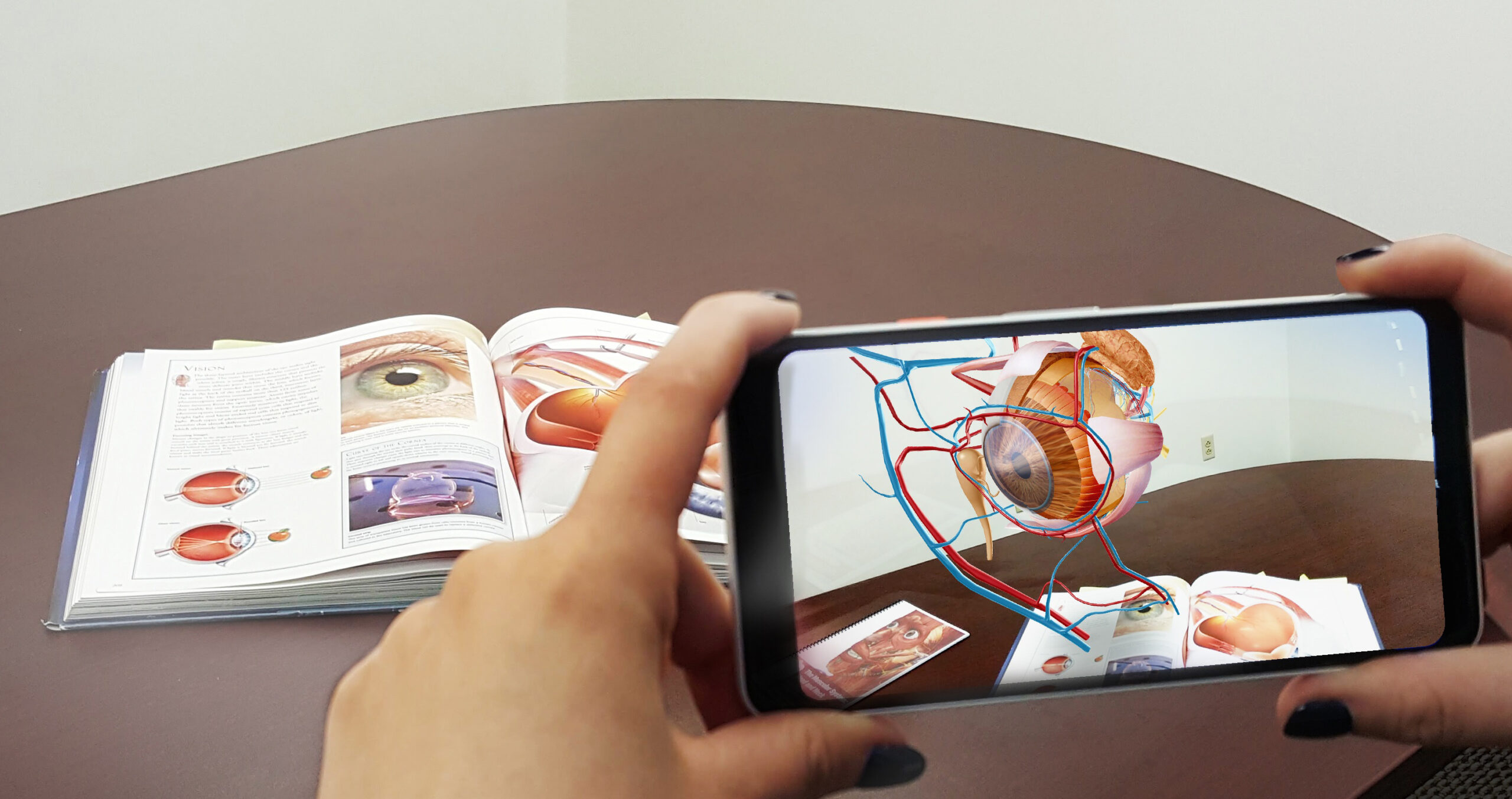In recent years, technology has played a significant role in revolutionizing various industries, and education is no exception. Augmented Reality (AR) has emerged as a powerful tool that is reshaping the landscape of education. By overlaying virtual content in the real world, AR enhances the learning experience, engages students in immersive activities, and brings abstract concepts to life. In this post, we will explore how AR is reshaping education and revolutionizing the way students learn.
What is Augmented Reality?
Begin by introducing the concept of augmented reality. Explain how AR overlays virtual elements in the real world, creating an interactive and immersive experience. Give examples of popular AR applications such as Pokemon Go and Snapchat filters to help readers understand the technology.
Enhancing Learning Experiences
Discuss how AR enhances learning experiences by making education more interactive and engaging. Highlight the following points:
- Visualizing Complex Concepts: AR enables students to visualize complex concepts that are otherwise difficult to understand. For example, biology students can explore 3D models of human organs and interact with them, fostering a deeper understanding of the subject matter.
- Interactive Simulations: AR allows students to engage in realistic simulations that replicate real-world scenarios. This is particularly beneficial for subjects like physics, chemistry, and engineering. For instance, students can conduct virtual chemistry experiments without the risk of accidents or access remote locations for field trips.
- Gamified Learning: AR gamifies the learning process, making it more enjoyable and motivating for students. By incorporating game-like elements such as rewards, challenges, and competition, AR transforms education into an immersive and interactive experience.
Increasing Student Engagement
Highlight how AR technology boosts student engagement and participation:
- Multi-Sensory Learning: AR engages multiple senses, stimulating students’ visual, auditory, and kinesthetic learning modalities. This multi-sensory approach enhances information retention and improves overall comprehension.
- Personalized Learning: AR allows for personalized learning experiences tailored to individual student’s needs and learning styles. Students can progress at their own pace, receive immediate feedback, and access additional resources through AR-enabled devices.
- Collaboration and Social Interaction: AR facilitates collaborative learning by enabling students to work together in virtual environments. This fosters teamwork, communication, and problem-solving skills, preparing students for real-world situations.
Bridging the Gap Between Virtual and Physical Worlds
Discuss how AR bridges the gap between the virtual and physical worlds:
- Field Trips Anywhere: AR enables virtual field trips, transcending the limitations of physical boundaries. Students can explore historical sites, distant countries, or outer space, bringing the world to their classrooms.
- Cultural Immersion: AR offers cultural immersion experiences, allowing students to explore different cultures, languages, and traditions in an interactive and engaging manner. This promotes global awareness and intercultural understanding.
Implementing AR in Education
Provide insights on how educators can implement AR in the classroom:
- Accessible Devices: Discuss the availability of AR-enabled devices, such as AR cards, smartphones, and tablets, that make AR accessible to a wide range of students.
- Educational Apps and Platforms: Highlight the growing number of educational apps and platforms that incorporate AR technology. Example: Ireava AR learning platform brings so much AR real lookalike content for visualized learning.
- Teacher Training and Support: Emphasize the importance of teacher training and support in effectively implementing AR in the classroom. Educators should be equipped with the knowledge and skills to integrate AR seamlessly into their lesson plans.
Conclusion
Augmented Reality has the potential to revolutionize education by transforming the way students learn, increasing engagement, and bridging the gap between virtual and physical worlds. As technology continues to advance, educators and institutions must embrace AR to provide students with immersive and interactive learning experiences. By incorporating AR into education, we can pave the way for a more engaging, personalized, and inclusive future of learning.
